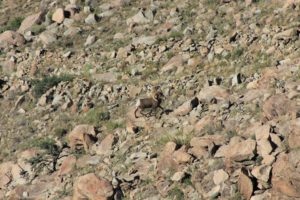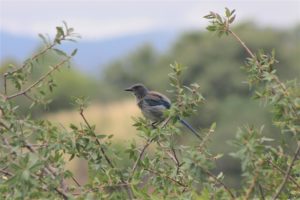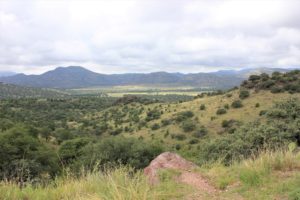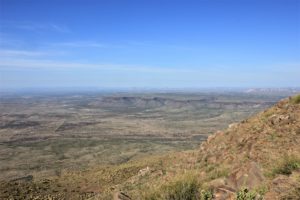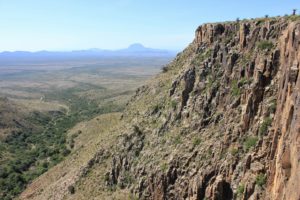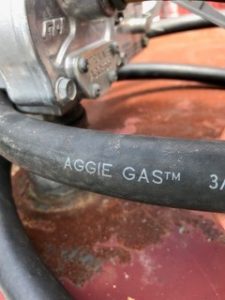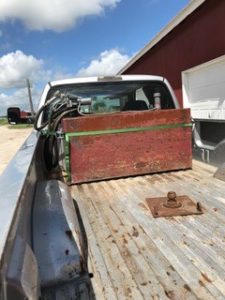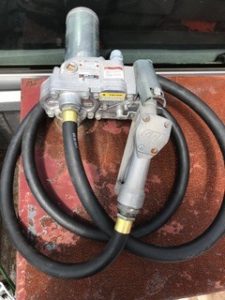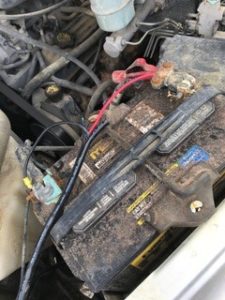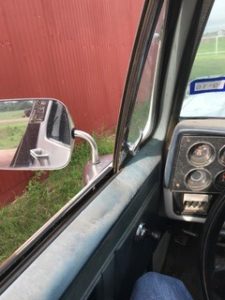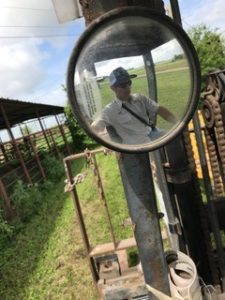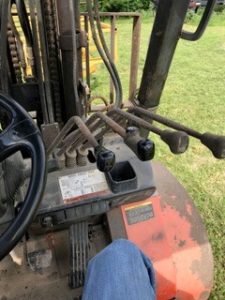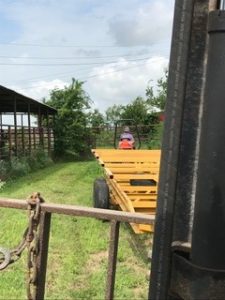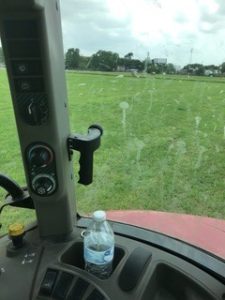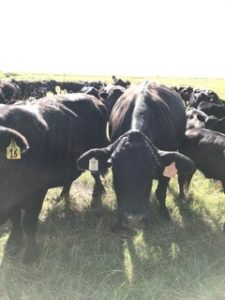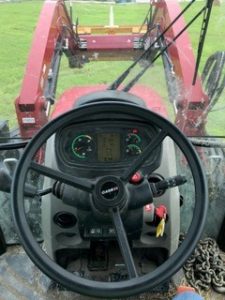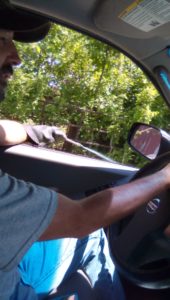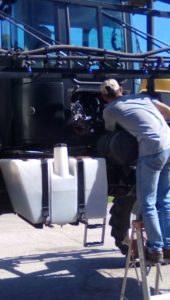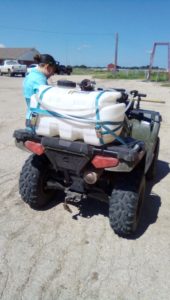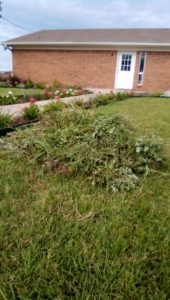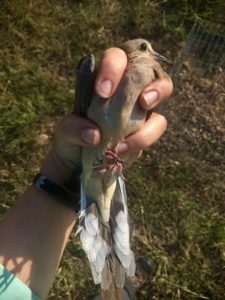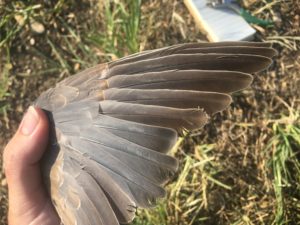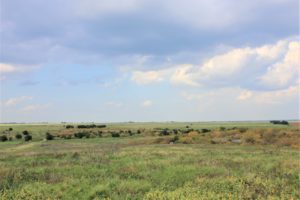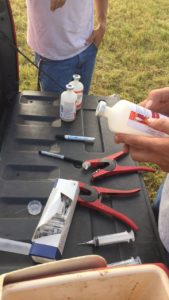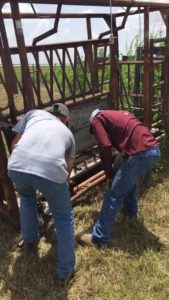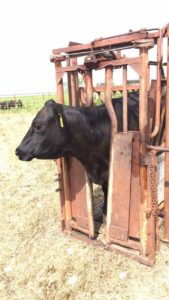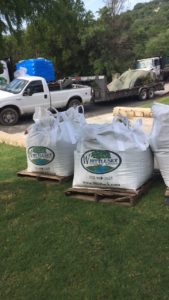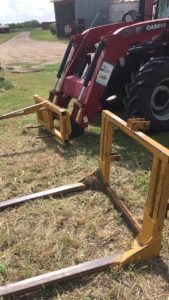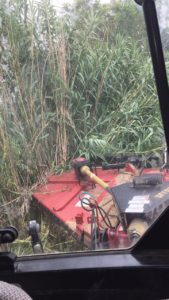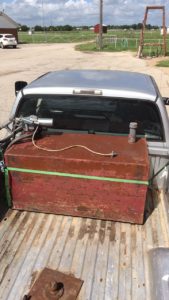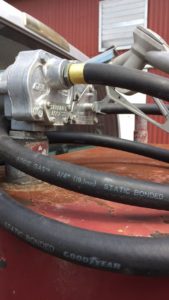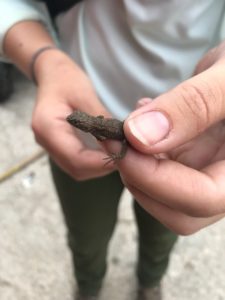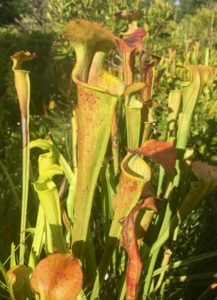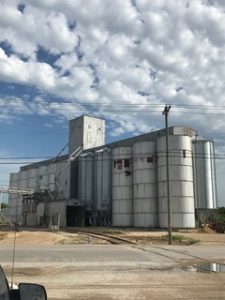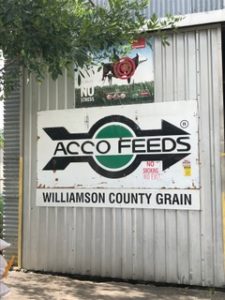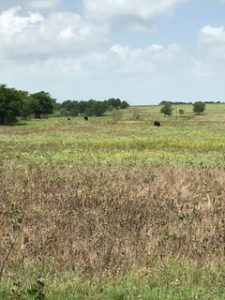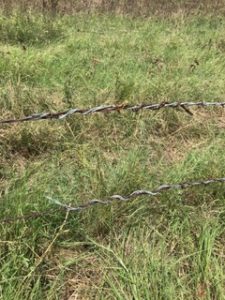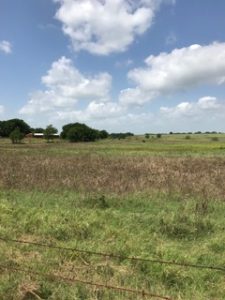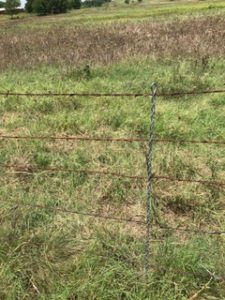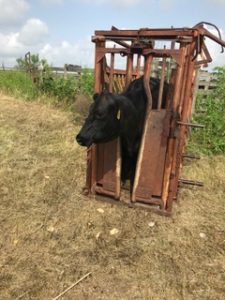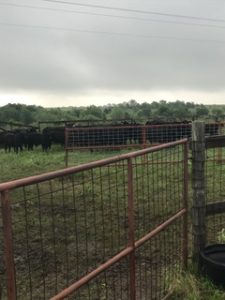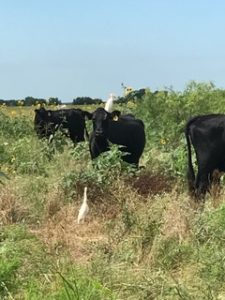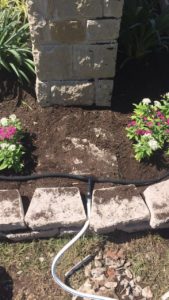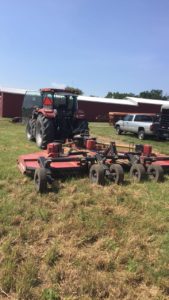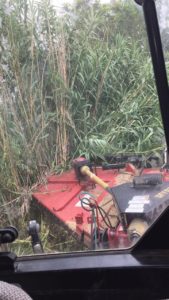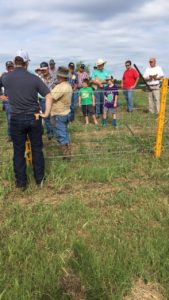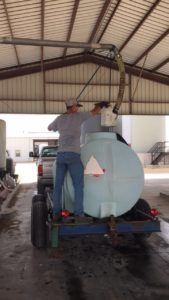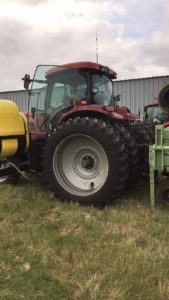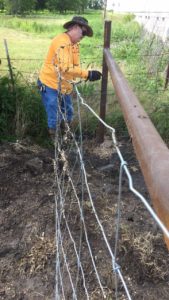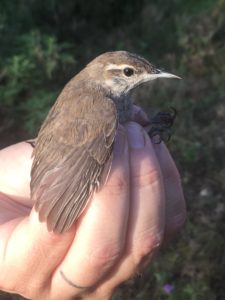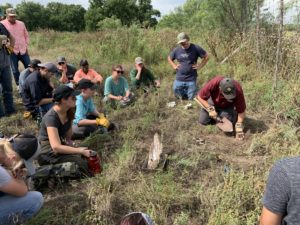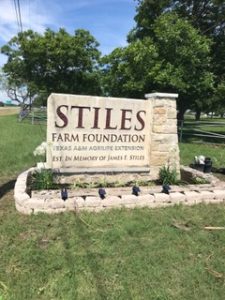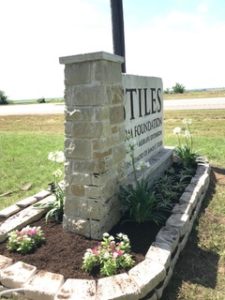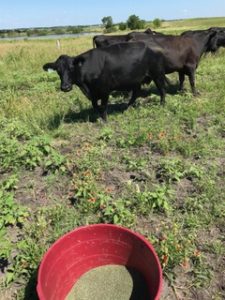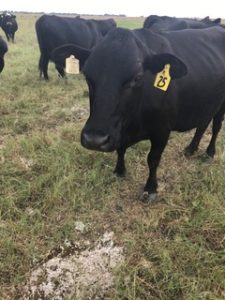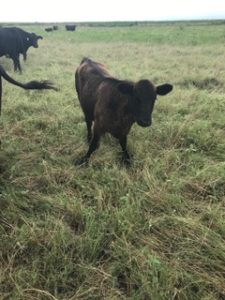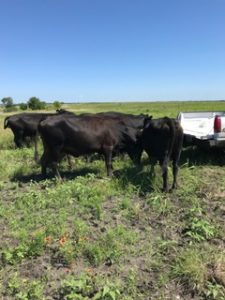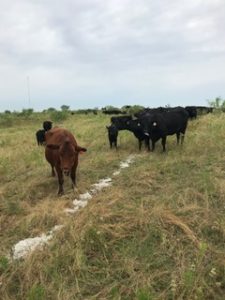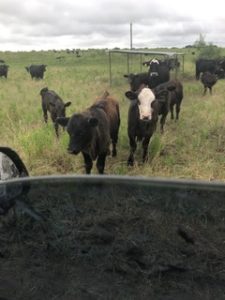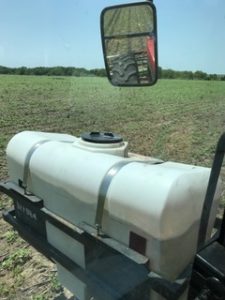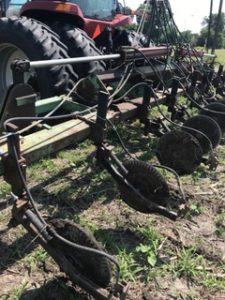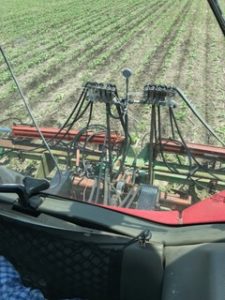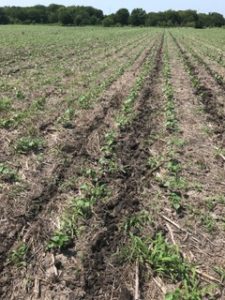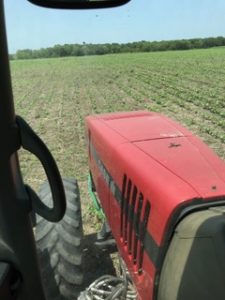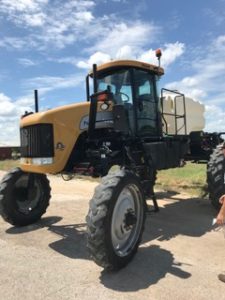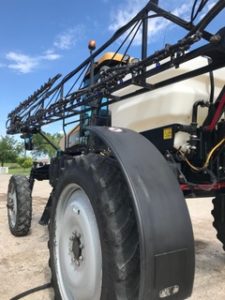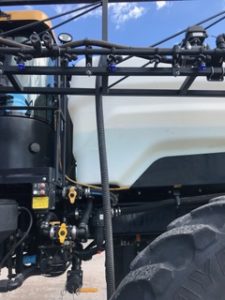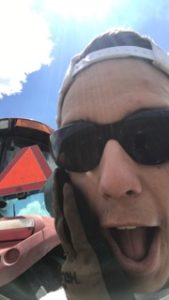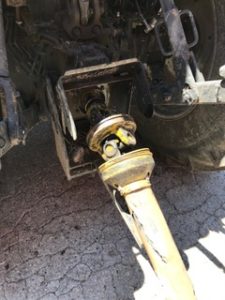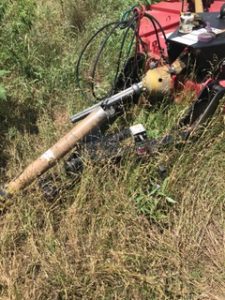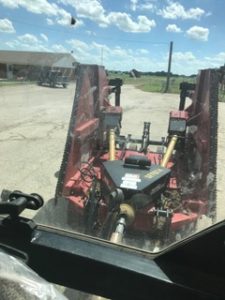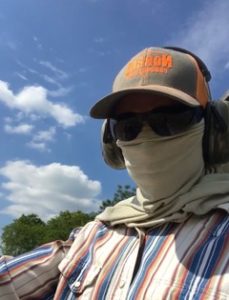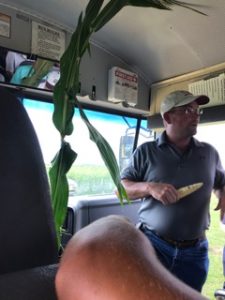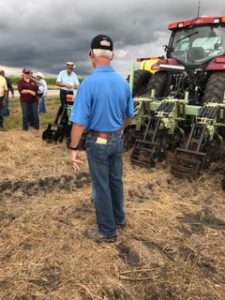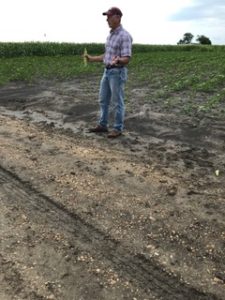I was given the opportunity to visit the Trans Pecos region of Texas this past week, which was a new experience for me, having previously made it no farther west than Odessa in Texas. Dr. Tomeček introduced me to wildlife professionals from both the research and management spheres, as well as a number of graduate students, all of whom were very welcoming and provided insight into the scope of work that is currently being conducted in the Trans Pecos. To name a few wildlife highlights, I was able to observe pronghorn, bighorn sheep, mule deer, javelina, Montezuma quail, Woodhouse’s scrub jay, and golden eagles, all against a backdrop of incredible mountainscapes, with sky island prairies above and broad plains below. I highly recommend a visit to the area, and I look forward to returning myself in order to explore further.
Last week was also my biggest success yet with dove trapping, when I banded 3 mourning doves on a single trap day (Friday)! I am tentatively attributing the improvement to the changes I made on Thursday, when I replaced four of the smaller square traps for larger, more rectangular versions patterned after Stoddard’s ’31 traps and made of newer, shiny wire, one of which trapped the 3 doves. I am not sure which feature boosted the trap’s appeal, size or shine, but I hope the increased activity is the start of a trend that will continue through this week and the next. I also moved some traps to new sites to see if I could improve the trap rate of doves and reduce that of bycatch birds.
This past Monday, I scouted a section of the farm that will eventually feature a restored native grassland ecosystem, the purpose of which will be to serve as an educational field site for Thrall ISD students as well as regional college students and other groups such as local 4-H clubs and Scouting BSA troops, to name a few. I tested various routes for the purposes of creating a loop trail that will provide access to designated elements throughout the site, with an eye to staying on higher, dryer ground where possible. I look forward to further developing plans for the project, including details for a pollinator plot, a prairie pothole, gathering spaces, and structures such as signs, benches, and bird and bat houses.
As I work on various projects, I also take increments of time to broaden my plant and bird call identification skills, two areas which will be crucial in upcoming surveys and in which I have not had an abundance of practice. Currently, I am working my way through forbs for the former and flycatchers for the latter, so I’ll just say it’s a work in progress. Week 8
Dani Miller
Wildlife Biologist
Stiles Farm Foundation


